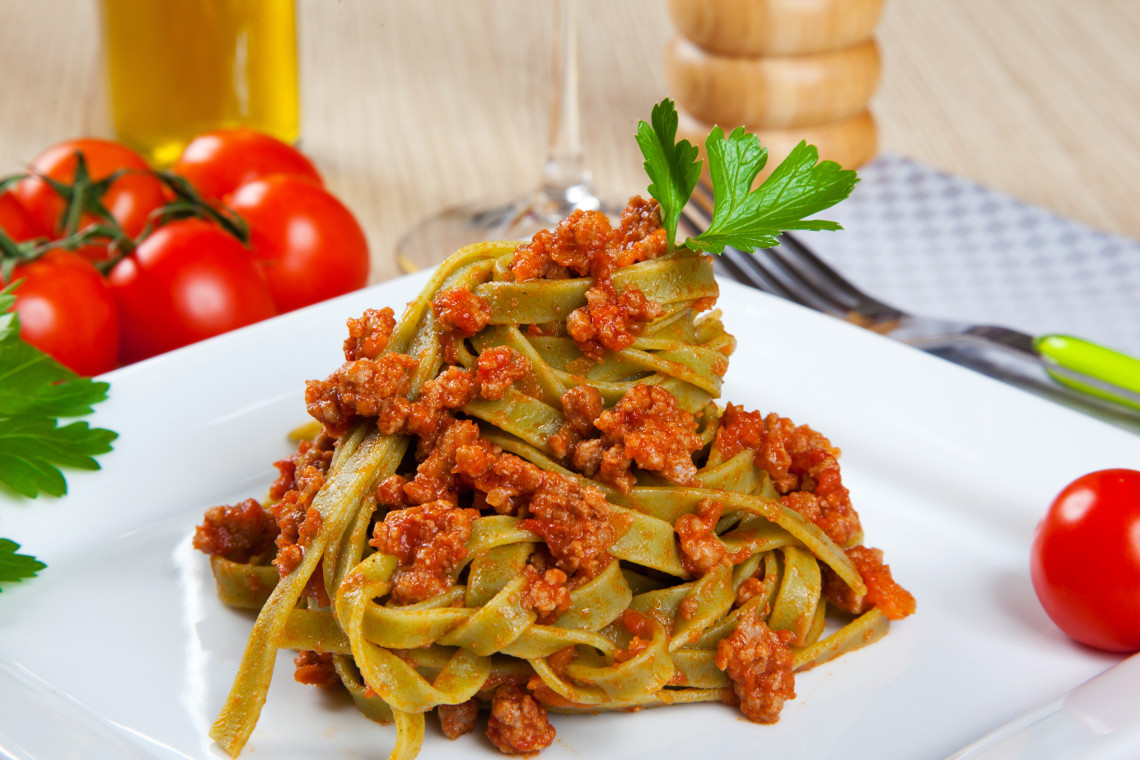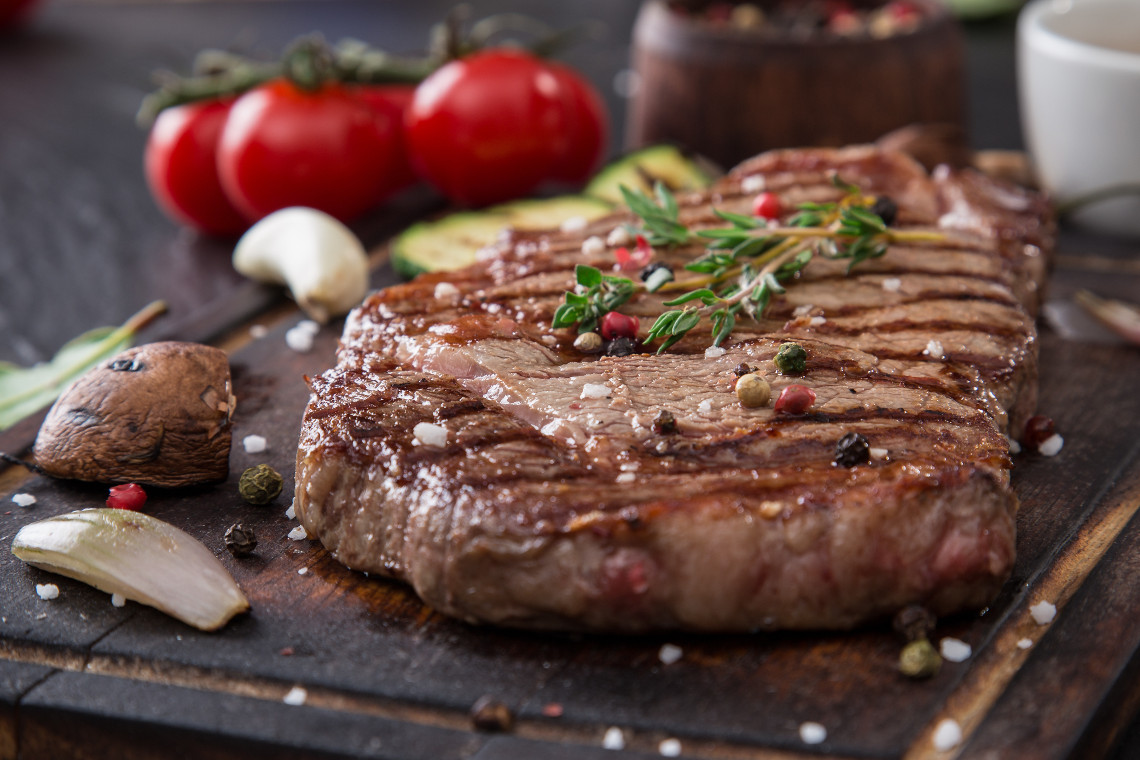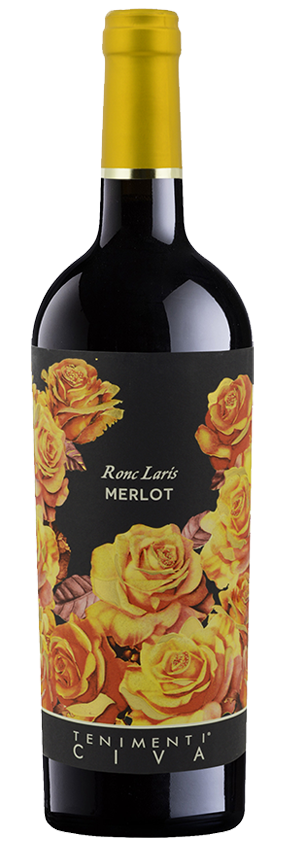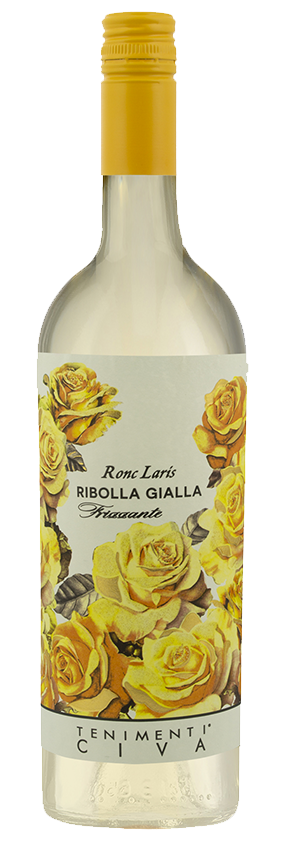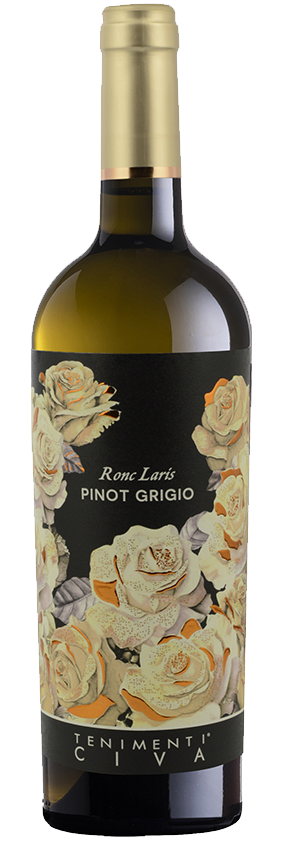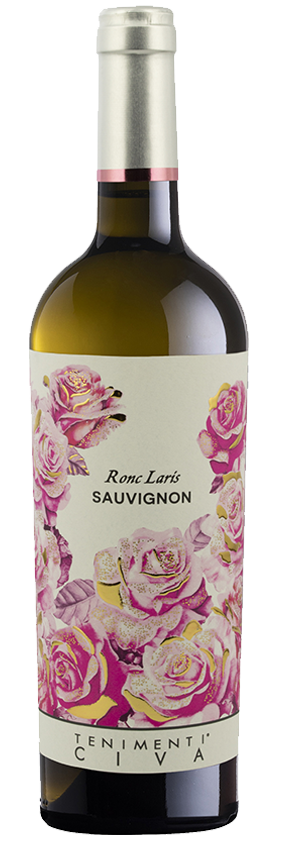end of September/early October, carefully harvested in the coolest hours of the day
Cabernet
Ronc Laris
IGT VENEZIA GIULIA
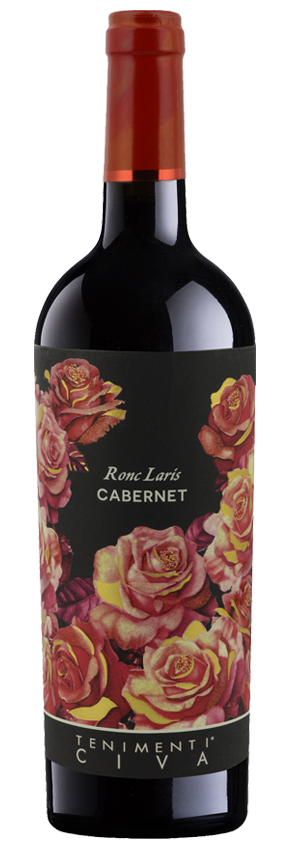
HISTORY
Cabernet has undoubted French origins. In 1863 Gabriele Luigi Pecile (an Italian agronomist and politician), after a visit to the Médoc, encouraged the Friulans to cultivate this variety on the premise that: “the sun that warms the hills and plains of the Bordeaux area is no different to ours, and the Cabernet grape, although not good to eat, gives excellent wine, indeed communicates its special aroma to the wine”. In 1932 it was Norberto Marzotto (a scholar of agriculture and oenology) who observed that there were two distinct varieties of Cabernet: Cabernet Franc and Cabernet Sauvignon, which differed significantly from an ampelographic point of view. In France, Cabernet Franc joins forces with Cabernet Sauvignon and Merlot to create the famous wines of Médoc.
(Costantini Enos, Mattaloni Claudio, Petrussi Carlo, La vite nella storia e nella cultura del Friuli, Forum Edizioni, 2007.)
Sottonome |
Ronc Laris |
|---|---|
Grape variety |
cabernet franc e cabernet sauvignon |
Type of soil |
marl and sandstone flysch of Eocene origin. Locally known as “Ponca” |
Exposition |
south / south west |
Pest control |
low environmental impact integrated pest management |
Temperature service |
15°C |
Alcohol |
12% abv |
maceration and fermentation in stainless steel vats for 15 days at 25°-28° controlled temperature
TASTING NOTES
intense ruby red colour. The nose is very perfumy with fruits and herbaceous notes, blueberry, blackcurrant, ripe plum and green pepper. Juicy wine with soft tannins and a nice sapidity, it could be even enjoyed slighly chilled
FOOD PAIRINGS
great pairing with any charcuterie and medium-hard cheeses. A must try also with roast beef and spicy beef tartare

